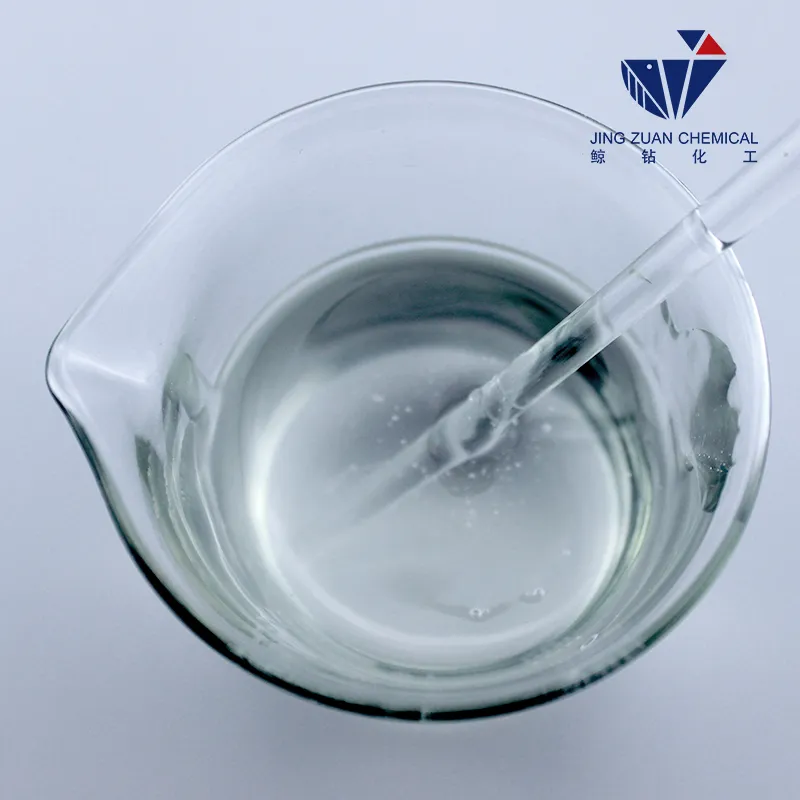
Nov . 02, 2024 02:02 Back to list
hydroxyethyl cellulose hec
Hydroxyethyl Cellulose (HEC) An Overview
Hydroxyethyl cellulose (HEC) is a non-ionic, water-soluble polymer derived from cellulose, the most abundant organic polymer on Earth. With its unique properties, HEC has found a wide array of applications across various industries, including pharmaceuticals, cosmetics, food, and construction, making it a valuable ingredient in numerous formulations.
Hydroxyethyl Cellulose (HEC) An Overview
In the pharmaceutical industry, HEC is commonly employed as a thickening agent, stabilizer, and film-forming agent in topical gels and ointments. It helps to create a desirable texture and viscosity, allowing for smoother application and improved adhesion to the skin. Moreover, HEC is used in controlled drug release formulations, where its gel-forming capabilities assist in modulating the release profiles of active pharmaceutical ingredients, thereby enhancing therapeutic effectiveness.
hydroxyethyl cellulose hec

In cosmetics and personal care products, HEC serves as a key ingredient due to its ability to improve the consistency, texture, and performance of formulations such as shampoos, conditioners, and lotions. It provides a desirable creamy texture and enhances the product’s feel on the skin or hair, contributing to an overall better user experience. Additionally, HEC acts as a humectant, helping to retain moisture in cosmetic formulations, which is particularly valuable in skin care products.
In the food industry, HEC is recognized for its use as a thickening and stabilizing agent in sauces, dressings, and other food products. It helps to maintain the desired viscosity and texture, ensuring that products remain consistent and appealing to consumers. Furthermore, because it is derived from natural cellulose, HEC is considered safe for consumption and is often used in gluten-free formulations to improve texture.
The construction industry also benefits from the properties of HEC. It is used in various construction materials, such as tile adhesives, cement-based products, and gypsum plasters. HEC enhances the workability, open time, and water retention of these materials, making them easier to apply and improving overall performance.
Overall, hydroxyethyl cellulose is a remarkable polymer that has made significant contributions across various sectors. Its multifunctional properties make it an indispensable ingredient in many formulations, providing improved texture, stability, and performance. As consumer demand for high-quality products continues to rise, the importance of HEC is likely to grow, ensuring its place as a vital component in future innovations within multiple industries.
-
Versatile Hpmc Uses in Different Industries
NewsJun.19,2025
-
Redispersible Powder's Role in Enhancing Durability of Construction Products
NewsJun.19,2025
-
Hydroxyethyl Cellulose Applications Driving Green Industrial Processes
NewsJun.19,2025
-
Exploring Different Redispersible Polymer Powder
NewsJun.19,2025
-
Choosing the Right Mortar Bonding Agent
NewsJun.19,2025
-
Applications and Significance of China Hpmc in Modern Industries
NewsJun.19,2025







